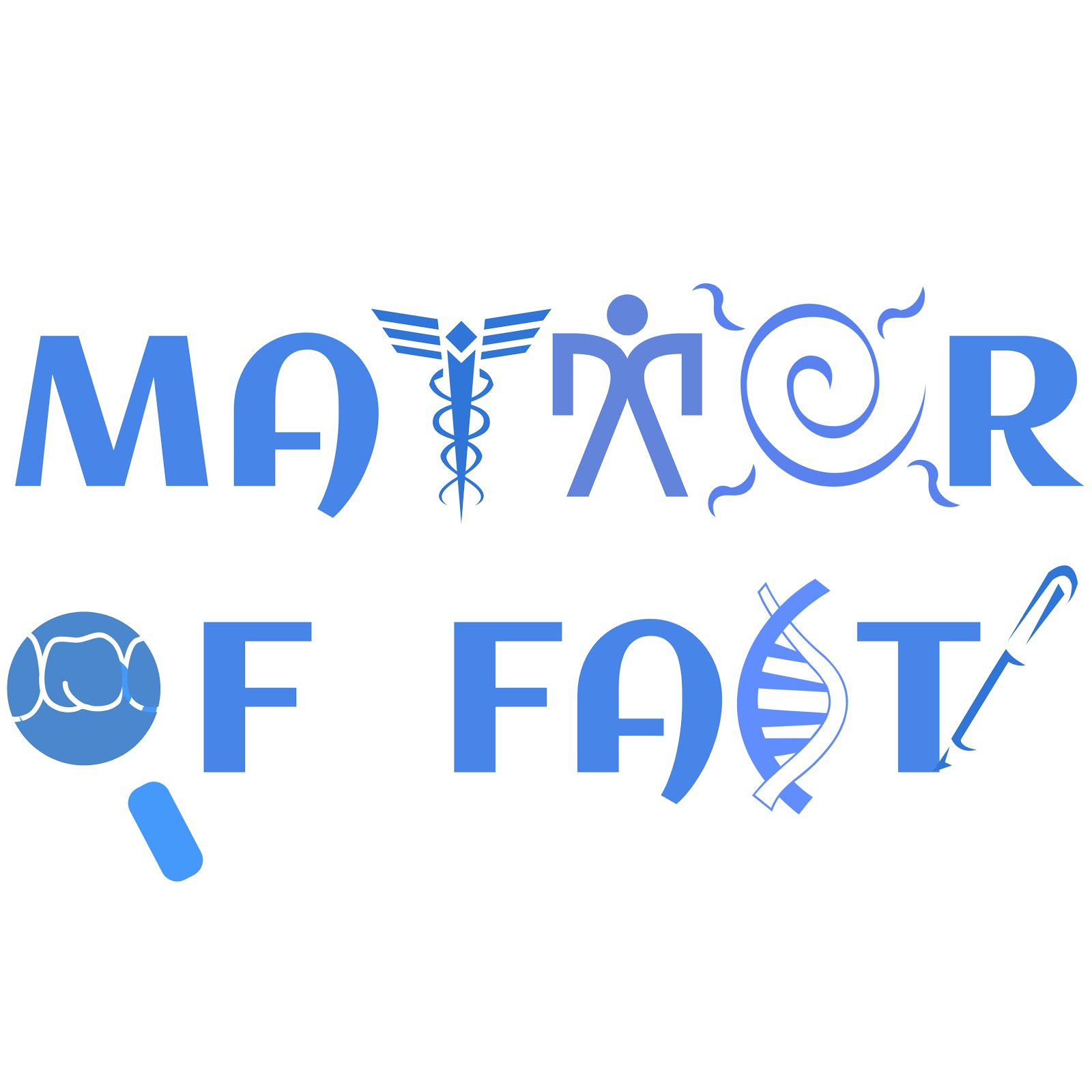INTRODUCTION
Oral hygiene is an integral a part of personal hygiene practices and may not be neglected.
oral hygiene is important in reducing infection from the oral cavity, and thus, its transfer to the upper and lower respiratory tract.
oral hygiene maintenance could also be a probably effective technique to scale back the morbidity and mortality involving COVID-19 pandemic.
EVIDENCE FOR WHICH ORAL CAVITY WHICH SPREADS COVID-19
Oral hygiene could cut back the chances of SARS-CoV-2 unfold in quarantine and isolation centers, likewise as in hospitalized COVID-19 patients.
- Scientific proof suggests that because of a higher level of angiotensin-converting enzyme-2 expression within the salivary glands, the epithelial lining of salivary ducts, and oral mucous membrane, these are early target cells for coronavirus, therefore SARS-CoV-2 virus colonizes within the oral cavity.
- The commonest portal for entrance and outlet of viral infectious disease transmission through droplets and aerosol is that the oral fissure.
- oral fissure harbors varied pathogens, as well as viruses, and in dysbiosis condition, the oral ecosystem becomes a lot of contributory for the organisation of potential oral and metabolism pathogens.
- Infection colonizes within the oral and periodontal environment, lower and upper respiratory tract, gingival crevicular fluid, and major or minor secretion glands.
- Saliva contains discharges from nasopharynx and respiratory organ (due to ciliary actions in airway lining); thus, the potential of a microorganisms-spillover from the oral fissure to the system and vice-versa can't be dominated out.
ORAL BACTERIA ACT AS AN AGGRAVATING FACTOR IN COVID-19 MORTALITY
Respiratory microorganism infections to dispose patients to microorganism superinfections, resulting in multiplied illness severity and mortality.
Oral cavity, are often referred to as an 'ecological community of commensal, symbiotic and pathogenic organisms'.
Lower respiratory tract infection is initiated by the contamination of the lower airway animal tissue by inhalation of microorganisms encompassed in aerosolized droplets, or by aspiration of oral secretions related to oral illness (containing microorganisms equivalent to P. gingivalis, F. nucleatum, P. intermedia).
Periodontitis and decay are the 2 most typical oral diseases related to an imbalance of pathological bacterium within the mouth.
Hence inadequate oral hygiene will increase the chance of inter-bacterial exchanges between the lungs and therefore the mouth, increasing the chance of metastasis infections and probably post-viral microorganism complications.
Good oral hygiene has been recognised as a way to forestall airway infections in patients, particularly in those over the age of seventy.
There could be a have to be compelled to develop professionally driven need-based customary oral hygiene programs in critically ill patients with incapacity and restricted manual dexterity.
Periodontopathic bacterium equivalent to
- F. nucleatum
- P. gingivalis and
- P. intermedia
on respiratory illness, and located that P. intermedia specifically evoked severe respiratory illness in subjects with higher levels of periodontopathic bacterium.
Potential role of oral bacterium within the pathologic process of a metastasis infection:
- Aspiration of oral pathogens into the lungsPeriodontal disease-associated enzymes could modify the tissue layer surfaces to permit for adhesion and constitution of respiratory pathogens
- Periodontal disease-associated enzymes may destroy the salivary pellicles on bacteria to hinder clearance from mucosal surfaces
- Respiratory epithelium is also altered by periodontal-associated cytokines to push infection by respiratory pathogens.
Coronaviruses replication picture taken from Crenim from english Wikipedia
POOR ORAL HYGIENE IN COVID-19 PATIENTS
some of patients even when full recovery from COVID‐19 might suffer from
- dental/oral problem related to soft tissues
- saliva production
- neurological‐based oral sensations etc.
These anti‐viral medicine is also answerable for aspect effects (<2%) moving oral cavity among the other parts of
- gastrointestinal track
- reminiscent of stomatitis
- mouth ulcers and
- dry mouth
Interferon's more common side effects related to oral medicine are well reported and comprise dry mouth, which may end in frequent cases of oral thrush.
Lack of mouth care as treatment priority is given to
- advanced medical care
- intubation
- tracheostomy
- external ventilation
- similarly as mouth breathing
- hyposalivation
will result in fast oral health deterioration and resulting complications, moving conjointly the lower respiratory track, just like aspiration pneumonia
COVID‐19 acute infection, along with associated therapeutic measures, may probably contribute to negative outcomes with relation to oral health, possible leading to numerous
- opportunistic fungal infections
- dry mouth coupled to decreased secretion flow
- ulcerations and
- periodontitis
as a results of impaired system and/or inclined oral mucosa
Persons recovering from COVID‐19 want further postacute care to recuperate from primary and concomitant infection, with a recommendation of close observation of their oral health, notably throughout transition from hospital to different care settings and houses.
COVID-19 positive patients ought to have personal oral hygiene products that embody a replacement soft toothbrush, toothpaste, and a mouthwash/gargle that ought to be discarded when the condition is improved.
PROPER MAINTENANCE OF TOOTHBRUSH IS ESSENTIAL DURING COVID-19 TIMES
The toothbrush is that the commonest tool for cleanup teeth and comes in reality with microbic plaque and secretion.
Thus, retentive microbes within the brush when cleanup the teeth could re-contaminate the mouth.
Toothbrushes are usually keep in bathrooms or combined toilet/bathrooms, that are warm and dampish, and are a perfect place for the growth of microorganisms.
Disinfection of toothbrushes when use is commonly neglected observe.
It's seen that the bulk of individuals simply rinse the brushes with plain water and so dry it to stop contamination with potential disease-producing microorganism fungi and viruses.
It is best to dip the toothbrushes into an antiseptic mouthwash a couple of minutes when rinsing with water after every use.
Disinfection by immersion of toothbrush in
- Chlorhexidine(0.12%or0.2%)for10–20min
- Hydrogenperoxide(3%)for 30min
- 50%whitevinegar10min
- 2%Sodium hypochlorite 10min
- Essential oils and alcohol(Listerine) for 20min before and after use
- 10%Povidone-iodineBrushing teeth with dentifrice twice daily, for a minimum of two min
Toothpaste most frequently contain constant detergent-based cleaning agents (sodium lauryl sulfates [SLSs]), that have tried to be effective.
Mechanism of action through which SLS inactivates viruses is denaturing of the viral envelope and capsid protein. it's been shown to own moderate substantivity of 5–7 h.
However, in patients allergic to SLS or patients with diseased-sensitive oral and gingival tissue, SLS-free dentifrice is suggested.
Sodium carbonate traditional saline relieves pain and promotes healing of oral wounds and when surgery, however doesn't inhibit microbes.
Routine use of the mouthwashes could facilitate in reducing the infective agent load of secretion and oro-pharyngeal cavity.
TOOTHBRUSH HYGIENES HAVE TO FOLLOW
Never share your toothbrush with anyone
After every use clean and disinfect the toothbrush; It may be unfit during an antiseptic mouthwash
Avoid putting toothbrushes of a family in a common toothbrush holder
Change brushes frequently when 2–3 monthsPut down the toilet-lid before flushing.
Disinfect the floss containers and floss holdersUse disposable interdental cleanup aids.
COVID-19 AWARENESS ON ORAL HYGIENE
General public oral health awareness campaigns may be adapted globally within the current COVID-19 pandemic.
Thorough tooth brushing for “Two Times for two Minutes” during a day is a straightforward key to recollect, and is equally essential as 20 seconds of hand hygiene within the current COVID-19 pandemic scenario.
Suitable time of brushing throughout COVID-19 pandemic perhaps simply before stepping out and coming back home
CONCLUSION
Bacteria present in patients with severe COVID-19 are related to the oral cavity and improved oral hygiene could play a part in reducing the chance of complications.
More analysis ought to be performed on microorganism superinfections, and therefore the connection, if any, between the oral microbiome and COVID-19 complications are desperately needed to ascertain the importance of oral hygiene and pre-existing oral illness within the severity and mortality risk of COVID-19.
REFERENCE
- Bains VK, Bains R. Is oral hygiene as important as hand hygiene during COVID-19 pandemic? Asian J Oral Health Allied Sci 2020;10:5.
- Victoria Sampson,Nawar Kamona, and Ariane Sampson. Could there be a link between oral hygiene and the severity of SARS-CoV-2 infections?. Br Dent J. 2020; 228(12): 971–975.
- Arkadiusz Dziedzic and Robert Wojtyczka. The impact of coronavirus infectious disease 19 (COVID‐19) on oral health. Oral Dis. 2020 May 6 : 10.1111/odi.13359.








0 Comments